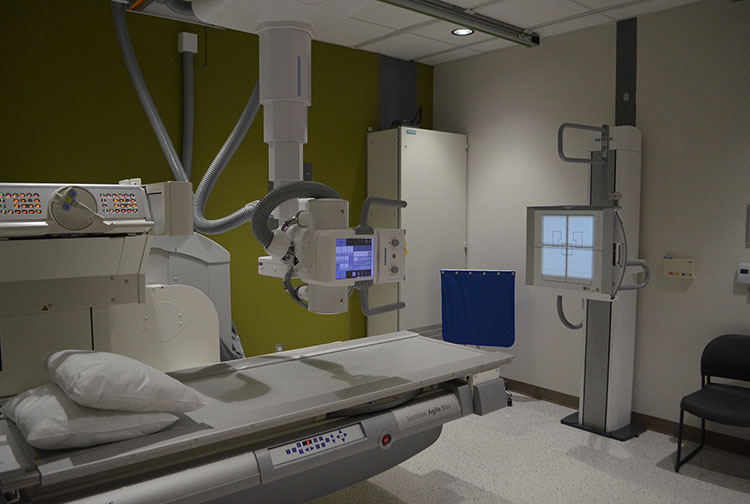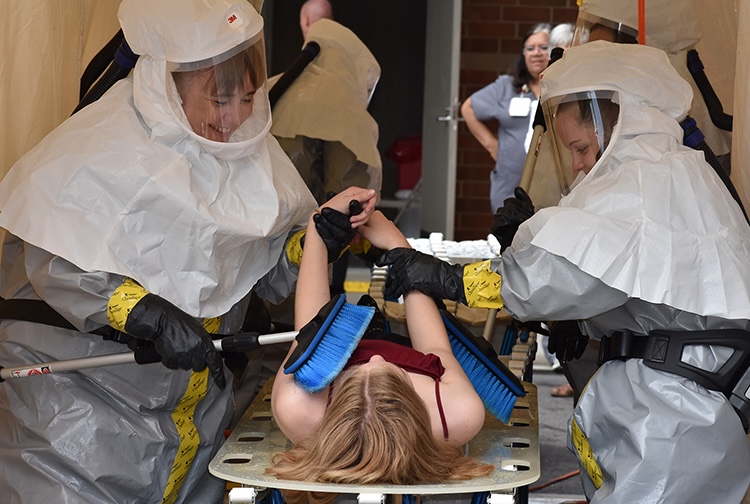
Lead shielding no longer recommended for patients having X-rays
VCU Health CMH follows respected industry recommendations.
October 07, 2022
National news outlets first started reporting the change in radiation shielding in January 2020. With the pandemic taking center stage for the past two years, it is understandable that this information got lost in the priorities of most Americans. In January 2021, respected industry agencies announced their revised recommendations that patient shielding is no longer recommended for X-rays.
Radiology Director Wendy Farley with VCU Health Community Memorial Hospital was concerned at first.
“It was drilled into our heads in school that you had to shield to protect patients,” Farley said. “Now, after reviewing the evidence-based research put out by reputable organizations, I understand it completely. This has become a widespread, accepted change in the health care industry.”
VCU Medical Center in Richmond went live with the change in July. Now, VCU Health CMH is officially changing their policies effective Oct. 8.
What does this mean for patients?
All patients, regardless of age, sex or pregnancy status, will no longer wear a lead apron during an X-ray in the ER, orthopedics, dental or imaging areas of the hospital and C.A.R.E. Building. Parents holding children receiving an X-ray will still wear one because they are not the ones being treated.
What if I still feel more comfortable wearing one?
We want you to be comfortable and will abide by your wishes, but we will give you educational information to make an informed decision.
What does this mean for staff?
Staff will still wear them due to repeated daily exposure.
What is the research-based evidence for the change?
The American Association of Physicists in Medicine issued a statement in April 2019 and the National Council on Radiation Protections and Measurements issued a statement in January 2021, which the American Society of Radiologic Technologists shared. These statements explain that advances in technology have reduced radiation over 95%. The dose a patient now receives was determined not to be a threat, and the lead shield can be harmful. One way is by hiding other areas that could show something else wrong inside the patient’s body. Another way is by interfering with automatic exposure controls to increase radiation to all parts of the body being examined to see through the lead. They can also produce scatter, which is what happens when the rays bounce around inside the body.
How is this different from the past?
In the 1950s, there was a study of the effects of radiation on fruit flies damaging DNA and causing birth defects. We now know the effects of radiation on fruit flies do not correspond to its effect on humans or animals. The advancement in technology from film to digital greatly reduced the amount of radiation used because the image is so much clearer.
What if I still have questions?
Visit the organizational websites listed above, and the next time you must get an X-ray, ask your radiologic technologist.



